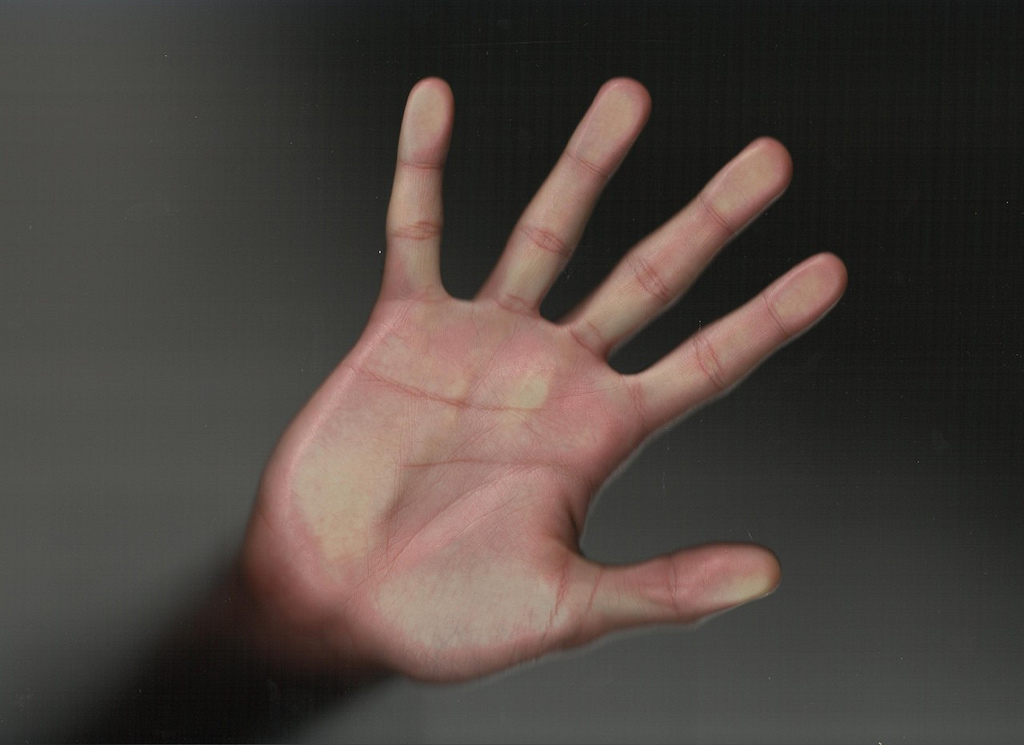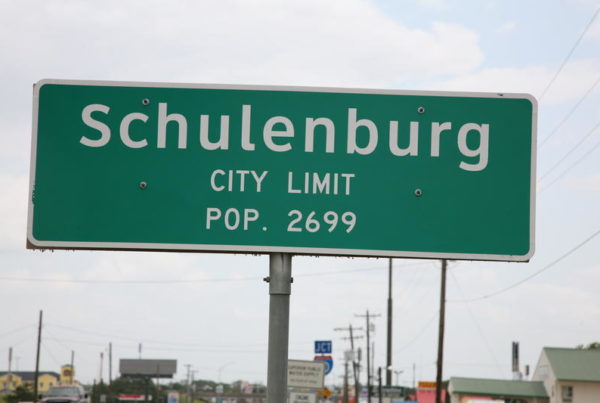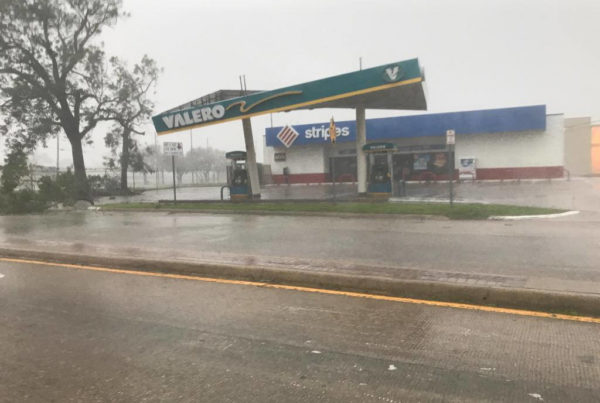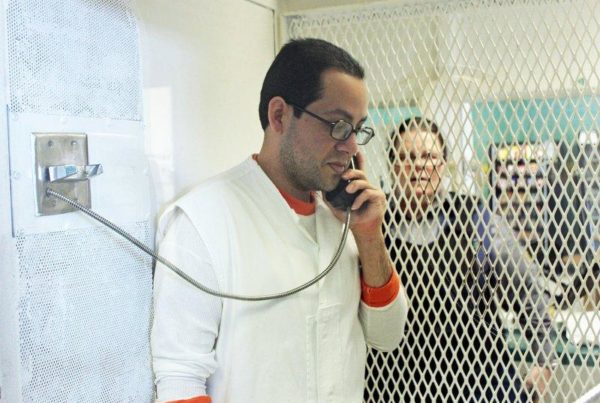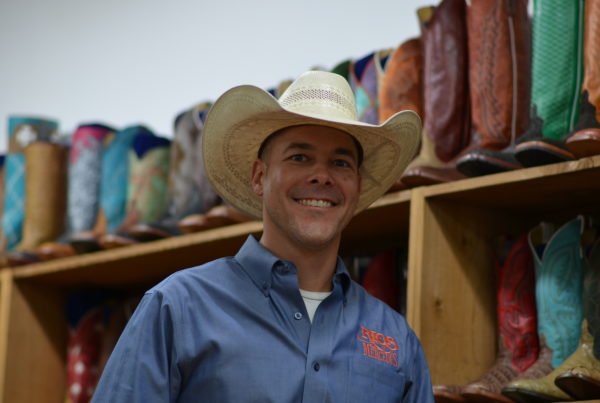Creating changes intended to improve the state’s foster care system was among Gov. Greg Abbott’s top priorities during the 2017 legislative session. But a somewhat parallel effort that’s taken shape outside of the legislature has received less attention.
Earlier this year, Abbott formed and directed teams of government agencies and nonprofits around the state to focus on helping kids at risk of sexual exploitation. Associate Judge, Aurora Martinez Jones, is part of the effort in Travis County.
Jones says sexual exploitation and sex trafficking are essentially the same thing, but people should be cautious when using the word “exploitation.” She wants people to understand that “exploitation” is more than forcing a child into a sexual situation: it involves manipulating a child and their understanding of what is occurring.
“We just want to be cautious with our language when using the word exploitation to make sure people understand it’s not just that image you have of children forcibly being taken, or persons forcibly being taken, and put into a situation. A lot of time, especially with the children we deal with in our foster center, it’s exploitation that involves manipulation of that child and their understanding of what’s going on,” Jones says.
Jones handles cases of foster care children. She says that she and judges in the juvenile justice system have begun working together by sharing information about children who go through both systems, in order to flag children at high risk for sexual exploitation.
“I’ll give you an example. I had a young mom. She’s about a 15-year-old, who has two children and consistently was running away. Her mom does not have any idea who the fathers of her children are, but she gets picked up through the juvenile justice system, she gets a CPS case filed in my court, and she’s not going to school. So that’s three systems already who have touched the lives of this child,” Jones says.
By sharing information about this child with each other and with law enforcement agencies, the agencies can come together and decide how to handle that child’s case so that she doesn’t end up back in the same situation, according to Jones.
“That’s the ultimate goal,” she says.
The Austin Police Department has a human trafficking unit to respond to human trafficking cases. But the department was not aware of all of the resources available to victims of human trafficking, according to Jones. It’s also often only later in the exploitation process that law enforcement is called in. By looking at the records of children who have been entered into other systems in the community, Jones and her colleagues hope to identify and help potential trafficking victims before law enforcement is called in.
“If at all possible, if we can do anything to prevent another day in that life, another time in which they are being exploited, we want to do that as soon as possible, and not just at the point when law enforcement has already identified and started prosecuting their perpetrators,” she says.
Every year, the state Criminal Justice Division makes over $275 million in funding available to organizations for projects to prevent and intervene in juvenile delinquency, provide services to victims of crime and address violence against women, support law enforcement and improve the criminal justice system, support Crime Stoppers organizations, and prevent child sex trafficking, bring justice to its perpetrators, and restore its victims, according to the Governor’s Office.
Written by Kate Groetzinger and Dani Matias.


